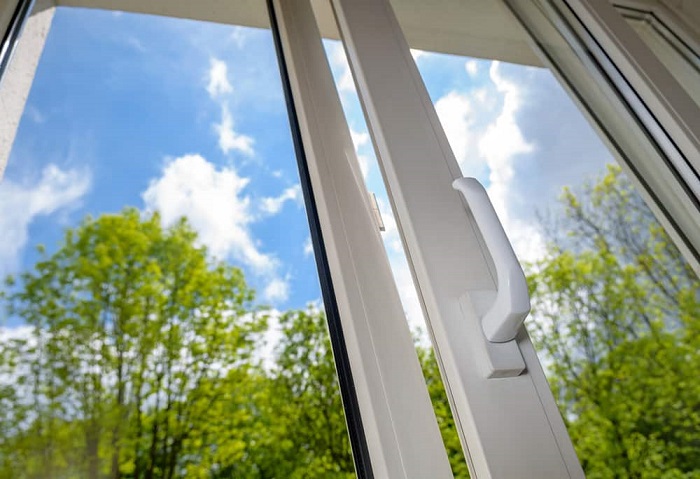Indoor Air Quality: How to Considerably Improve It
Recent studies show that in more than 50% of homes, indoor air quality is below recommended and in many cases, even worse than it is outdoors. At least 6 types of contaminants and allergens can be found indoors in the average home at any time and such low air quality can have harmful effects on your health, causing asthma, lung disease and fatigue.
If you have any suspicions regarding indoor air quality in your home, these are the steps to take in order to improve it.

Ventilate your home regularly
Good airflow is essential for high indoor air quality as it will remove stagnant air and refresh the rooms. The easiest way is to simply open the windows and doors and let the fresh air in, but if you live in an urban environment, this means you’ll be letting in polluted and potentially toxic air. Still, you should ventilate your home regularly, so try doing it in early morning and late evening hours when the traffic is at its lowest.
However, to get the best effect, use a trickle ventilator that brings in air from the outside but lets it pass through a filter first that cleans it from impurities. These vents can be installed in your existing window or door frames or can be a stand-alone frame that can easily be built in any building envelope.

Maintain your AC
AC systems are instrumental in regulating the indoor temperature, but are also excellent in improving the air quality by drying and refreshing the air. They all have special air filters that purify all air that comes in from any impurities and pollen.
In order to have your AC functioning properly, it’s imperative you keep these filters clean and conduct regular maintenance according to the manufacturer’s instructions.
Fight the contaminants
There are several ways you can additionally raise the air quality in your home. Active charcoal is has been used for decades as air purifier and many filters have it as their main ingredient, especially HEPA filters. You can also try salt lamps. This method is very practical and convenient as all you have to do it plug the salt lamp in and enjoy. They’re made of Himalayan salt and emit negative ions when lit, which helps in neutralizing positively charged particles and allergy causing contaminants.
If you still feel these methods aren’t enough, you can always turn to professional help, such as these Brisbane-based air quality testing experts, who offer a wide range of air quality assessment and monitoring services and can perform a customized service for your specific needs.
Keep your clothes and sheets clean
One of the main culprits of poor indoor air quality are dust mites that can irritate your throat and nose causing you to feel lethargic and tired. They are often found in different fabrics around your home, such as furniture upholstery, curtains, bedding, carpets, rugs and cushions.
You can easily keep this under control by cleaning these items regularly with a low allergenic washing soap. In addition, if you have pets, try to keep them off your furniture and have them well-groomed, washed and cleaned at least once a week.
Many furniture pieces are produced using glue or paint that slowly release toxins into the air over a long period of time. To be on the safe side, do your part of the research into production methods of your selected furniture items and avoid those made of particle board.

Use eco-friendly cleaning products
It is true that a clean home will contain less dirt, dust and allergens that can harm you, but you need to use the right cleaning products. Commercial cleaners contain harsh chemicals that leave residue that will affect the air quality. By switching to environmentally friendly cleaning products, such as lemon, vinegar and baking soda, you’ll eliminate hazardous materials from your home and leave no toxic footprint.
By taking these simple steps to keep your home safe and clean, you will significantly improve indoor air quality and improve your health and your family’s health. Isn’t your family the most important factor and their health? So don’t waste another day start improving the air quality in your home you will have the peace of mind that you are doing everything you can do make sure the you live in a healthy home with healthy air.
What are you doing to improve the air quality in your home? Do you have any tips or suggestions that you would like to share? Please leave them in the comment section below.
